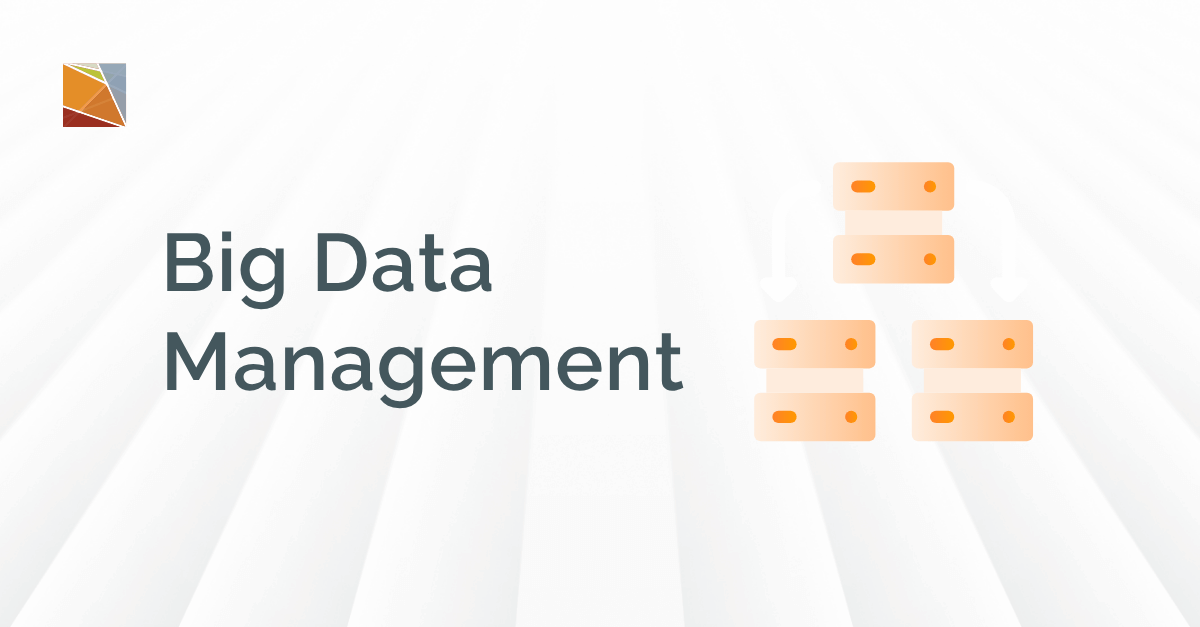Share this on:
Organizing, governing, and managing large volumes of data, both structured and unstructured data, is called big data management.
With big data management, you can enable scalable data analytics, AI adoption, real-time data insights, and a lot more.
What are the Benefits of Big Data Management?
Enterprises are generating terabytes of data daily across different channels and platforms. Statista research says that the global big data market will grow at 103 billion U.S. dollars by 2027.
Without strategic management of this growing big data, it will be difficult to leverage relevant information to drive real results and impact.
Here are some benefits of big data management:
Quick Decision-Making
Big data management provides you with centralized, governed data. This facilitates real-time intelligence and responsive business strategies and decisions.
360-Degree Customer Profile View
With big data management, you get a complete, unified, 360-degree picture of customer data. You can drive better personalization and customer engagement with this.
AI-Readiness
Big data management enables you to maintain high-quality data, which is one of the most important prerequisites for machine learning and automation. So, if your priority is to be AI-ready, big data management is a must.
Big Data Management Practices
- Begin with forming a data strategy. It’s simple – define your business objectives and align your data architecture to support them.
- Form a data governance framework. Include policies for data quality, data ownership, data access, and data compliance. Strong governance powers consistent, trusted and secure data across systems within your organization.
- Leverage cloud-native data platforms and data lakes to centralize siloed data. Some modern data platforms that you could use include Informatica, Snowflake, Databricks, Reltio, and more.
- Prepare for AI and analytics readiness. Structure your data for machine-learning. It should be clean, labeled, and governed.
These are just a few practices that you could follow. There are many. And we can help you do it the right way. Get our exclusive white paper that explores the best practices and guidance for Enterprise Data Management, architecture, and implementation.
Learn what LumenData can do for you here.



